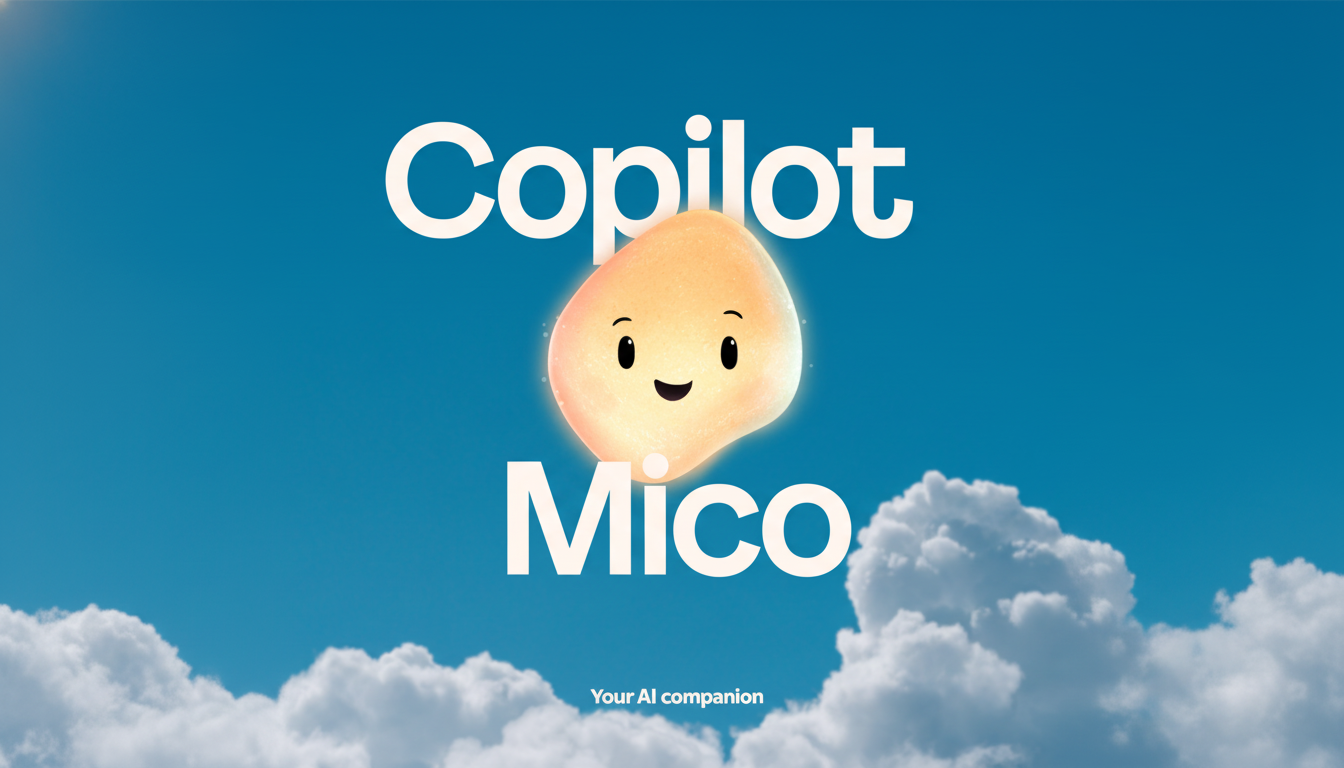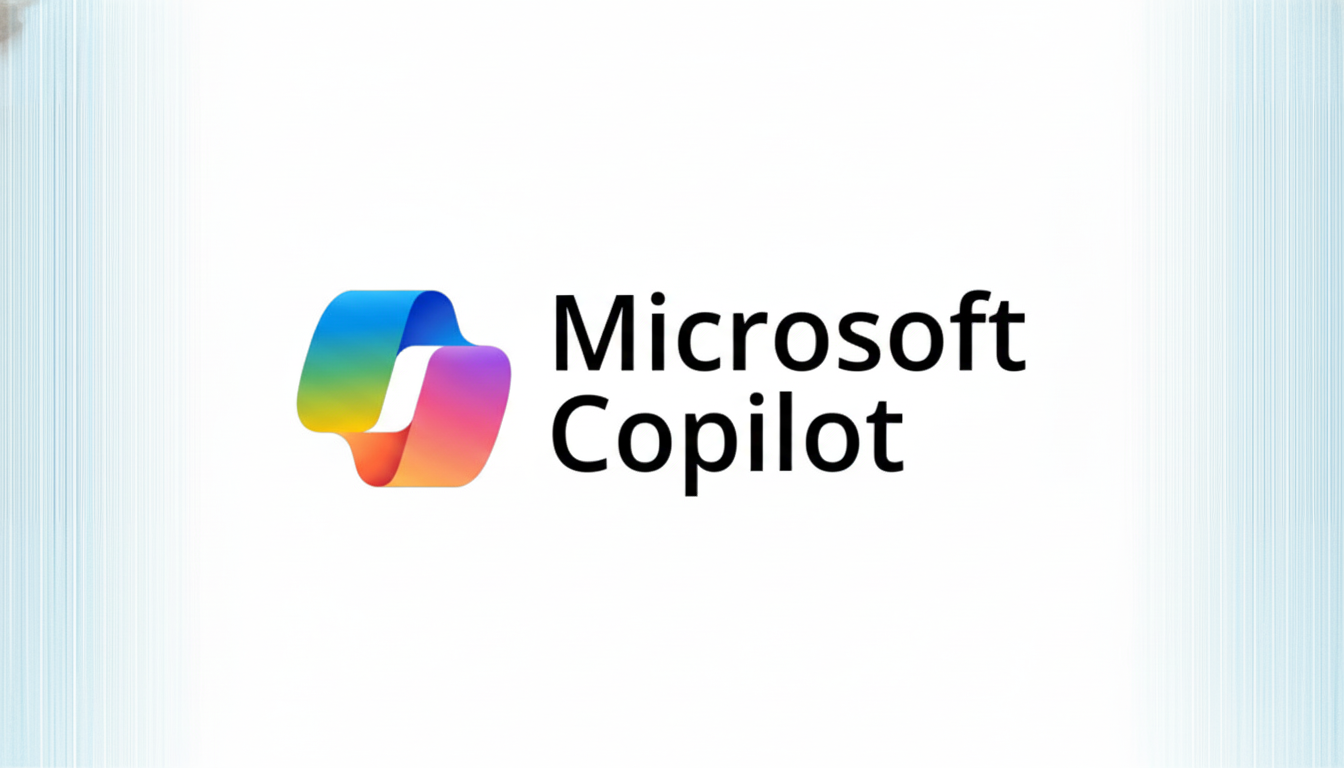Microsoft has just put a face and a name to its AI helper. The company announced the release of Mico, a new “personality” for Copilot that taps into some of Clippy’s more playful energy while staking out new ground in the coming world of everyday AI assistants. The overhaul gives Copilot a friendlier, more conversational look and feel as well as a loud signal that Copilot is now not only a feature — it’s also intended to be kind of a friend.
What’s Really in Copilot with the New Mico Persona
Mico will be the down-to-earth face of Copilot throughout Microsoft experiences, debuting in the U.S. and expanding globally. Instead of a hulking standby mascot, it’s supposed to be an empathetic, reactive one — talking conversationally, seamlessly combining voice and visuals, acknowledging where you are working or schooling or living. Think meeting summaries that roll into follow-up emails, group chats to coordinate tasks across OneNote and Outlook, or explanations of a chart accompanied by your voice and camera.

Microsoft says Mico makes Copilot feel cozier and more human, without watering down its pragmatic core. It extends across Windows, Microsoft 365 apps, Edge and phones, but it’s designed to be there without being in your face — a long way from all the vocal pop-up intrusions that earned Clippy a complicated legacy all the way back in the early 2000s.
Why the Assistant’s Name Matters for Copilot’s Future
Design has long understood that a personality in the interface can build trust and recall when it’s used in moderation. Usability research from the likes of Nielsen Norman Group reports that a clear identity helps users know what an assistant can and cannot do, ultimately reducing friction in high-frequency tasks. Naming and “facing” Copilot also serves a strategic purpose: It humanizes a complex stack of technology, while concentrating accountability in one easily identifiable place.
There’s also cultural weight here. The father of autofill Clippy is one of tech’s most iconic figures — joked about, but not forgotten by a soul alive during the era of Microsoft Word ’97-ish. Microsoft has danced through that nostalgia before (including bringing back its paperclip emoji), but Mico feels aspirational, not a retro revival. The focus is continuity of purpose — helping people be productive, while desisting from past tone and timing errors.
How Microsoft Is Framing the Move to Mico for Copilot
Mustafa Suleyman, who heads Microsoft AI, described the update as advancing a grander vision: that AI works on behalf of the user to connect them to their information, other people and tools they interact with daily. In Microsoft’s interpretation, that service ethos is boiled down into Mico — someone to organize your day, help you learn through voice and visuals or nudge healthier habits when the time is right — showing up with a discernibly human tone.

Importantly, this isn’t a matter of charm. A distinct assistant can level-set Copilot’s behavior across products, especially as a means of onboarding and minimizing any confusion in more complex workflows. It also serves as a design target for product teams across the company, aiming for consistency in responses, guidance and guardrails all under one name.
Rollout and Enterprise Implications of Mico in Copilot
The Mico-enhanced Copilot has hit the market in the U.S. and will be relaunched in other markets. For businesses, the timing comes as AI is becoming more prevalent. Gartner forecasts that by 2026 more than 80% of enterprises will have used generative AI APIs or deployed models, a dramatic rise from earlier experimental stages. A coherent assistant persona might help smooth that transition, particularly in situations where workers are already bouncing around between Teams, Outlook, PowerPoint and SharePoint.
Organizations will be looking for the same fundamentals that have guided Copilot’s wider rollout: data security, admin controls, and predictability at scale. Microsoft’s pitch is that Mico increases usability while not fundamentally altering the underlying compliance posture within Microsoft 365. If so, that friendlier surface might lead to greater use of AI features companies have already licensed.
The Bigger Picture for AI Assistants Across Platforms
Tech giants are all heading toward branded, multimodal assistant experiences that feel more personal. Google is embedding Gemini further into consumer apps, Amazon is refashioning Alexa with colossal language models, and Apple has teased a more situational Siri. Microsoft’s strength, still, is distribution: Copilot ships across Windows, and the expansive Microsoft 365 suite of products theoretically gives Mico a large surface area on day one.
The bet is straightforward. If AI is supposed to be ambient and helpful, it requires people-friendly branding that reflects what everyone believes it is. Microsoft’s answer is Mico — the next generation of a familiar idea, reimagined for an era where assistance isn’t a silent cartoon in the corner, but rather dependable support within the stream of work and life.

